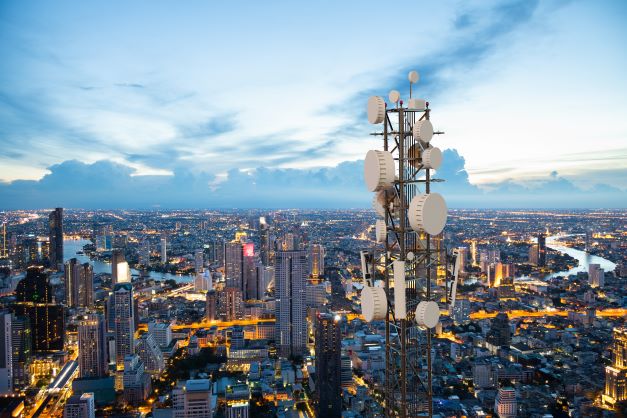The Future of 5G in Aviation
“The FAA is working closely with the Federal Communications Commission and wireless companies and has made progress toward safely implementing the 5G expansion. We are confident that with ongoing collaboration, we will reach this shared goal.” -The Federal Aviation Administration’s official website.
Where Has It Gone
5G networks will provide internet speeds up to 1Gbps! That will encourage massive growth for the (IoT) Internet of things, where smart airports could be the future of travel, and fully autonomous systems could be put in place. With 5G, connectivity will be much more fluid and flexible. The new networks will enable massive data flows, providing secure, real-time, predictive, and historical views of airport operations.
Authorities, organizations, and manufacturers all over the world are cheering for 5G and its implementation. Although many airports around the world have already started to use this technology, challenges like network interference and possible safety risks on flights are holding 5G back from becoming the new normal around the world.
Some Key Usages of 5G
Airports and airlines today face issues in flight delays, weather issues, and passenger boarding. However, 5G networks and artificial intelligence applications could decrease those impacts.
- Facial recognition:
- According to IATA, 73% of passengers are willing to share their biometric data for an enhanced queuing system and a paperless airport experience. With facial recognition, Lufthansa was able to board around 350 guests onto an Airbus A380 in approximately 20 minutes.
- AI-assisted computer vision:
- Implementing this technology will help airports minimize congestions, detect the owner of lost luggage and promptly inform staff on the field, and optimize passenger flow for social distancing.
- Ground operations:
- 5G technology could enable ar headsets that analyze and inform the staff of any maintenance that might be needed for the aircraft or assist in cargo handling where a QR code can be scanned to display information like weight, loading sequence, and allocated position within the aircraft.
5G networks are set to become the future of the industry and the travel experience for passengers, airports, and manufacturers. We look forward to what this technology has in store for the industry.
What do you think other implementations could be?
About Click: Click Aviation Network is a Dubai-based global network of aviation partners who offer an integrated array of services, from international trip support, aircraft ground handling, fuel supply, catering services, hotel accommodation and transportation, aircraft charter, and flight planning & route analysis to a revolutionary networking tool that empowers modern business. Click Aviation Network’s platform connects key players – including charter brokers, operators, suppliers, and other service providers. Click brings them under one roof to explore business opportunities, increase operational efficiency, eliminate risks, reduce costs, and build credibility.




